Given the optimal conditions, an average longbow can shoot accurately at a length of about 100 yards. However, how far can a longbow shoot accurately depends on a few variables, which I’ll discuss shortly.
A beginner might find it hard to shoot accurately at a distance closer than 20 yards, whereas a seasoned archer can shoot an arrow 2-3 times as far as 100 meters.
What’s the Draw Weight?
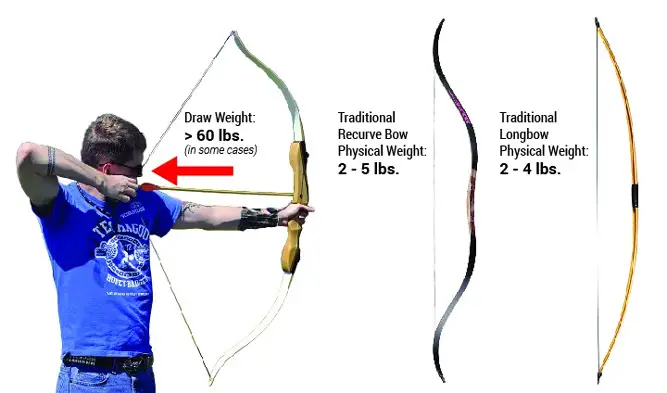
When you draw a bow, you’ll need to use a certain amount of force. This force is then transferred into the arrow/bolt and hits the target with a similar amount of force. This particular amount of force is known as the “Draw weight” or the “Draw strength”.
Not only does the draw weight determine how easy/tough it will be to shoot from that particular longbow, but it also dictates how far you can hold your accuracy (effective range). Draw weight AKA Draw strength is expressed in pounds (lbs).
Another thing worth mentioning here is that the draw weight of a bow depends on the draw length, the maximum distance a shooter can draw the bow back. The industry standard here is 28 inches.
Factors That Determine Shooting Range
The shooter’s kill
As I’ve said earlier, the most prominent factor that determines the effective range of a bow is the shooter’s skill level. A beginner will have difficulties shooting an arrow accurately across 20-25 feet. You’ll be able to increase the range as your skills level up through practice.
An expert archer will be able to shoot an arrow for about 200-300 yards without much issue. If you are looking for hunting specifically, the range will significantly decrease to 20-50 yards.
The angle of aim
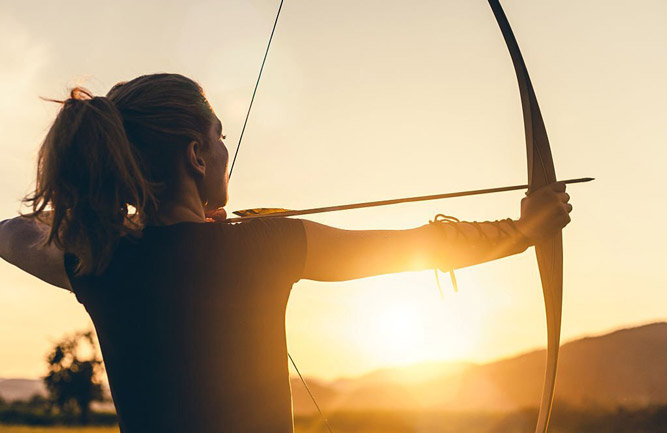
Arrows are much heavier than typical bullets and that’s why they face significantly more air resistance and gravitational pull when they are moving through the air. This is a great reason why the angle at which you aim is so important. It also affects the shooting range.
The shooter’s goal is to reduce the wind drag and help the arrow stay afloat until it hits the target. The main obstacles are the wind drag, gravitational pull, and the natural vibrations coming off the bow.
That is why most shooters are seen to aim slightly off-target in order to correct all those factors. Even a half-inch difference in the aiming angle can make the arrow completely miss the target.
Environmental factors
Now let’s talk about the wind, humidity, and gravity since they are the biggest environmental factors that affect the shooting range. The direction of the wind and the weight of your arrow will determine your shooting range.
If the wind is strong and your arrow is lightweight or has low velocity, this will alter the course of your arrow. You need to combat the wind force with either heavier arrows or greater speed. Crosswinds are never your friend.
However, the more your arrow weighs, the stronger gravitational pull it will face, especially in the long range. Additionally, the more your arrow travels, the greater the air resistance will be. The humidity in the air will also affect the range.
Shooters pick up the skill to use the wind in their favor over time. They prefer to shoot the arrow in the same direction wind is blowing since that pushes the arrow even further.
What’s A Longbow’s Range
Medieval longbows had a shooting range of over 400 yards. However, modern-day longbows have decreased shooting range for various concerns.
Here is a chart showcasing the maximum range, draw weight, and effective range of a modern longbow:
| Draw Weight | Effective Range | Maximum Range |
| 30 lbs | 20-30 yards | 150-200 yards |
| 35 lbs | 30-40 yards | 240-260 yards |
| 40 lbs | 40-50 yards | 250-300 yards |
Different Types of Longbows
The English Longbow
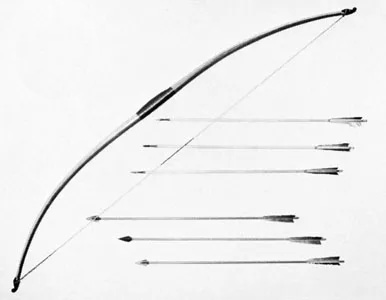
The English longbow is one of the most widely known types of longbows due to its long history in 14th-century warfare. As the name suggests, they are native to England and can be 74-78 inches long on average.
These longbows allowed longer draw lengths and required a considerable amount of strength back in the days. They could also cover a staggering 400 yards+ of shooting range.
However, nowadays they are primarily used for target practice. The manufacturers have reduced the draw length/strength and made them perfect for repetitive shooting.
The American Longbow
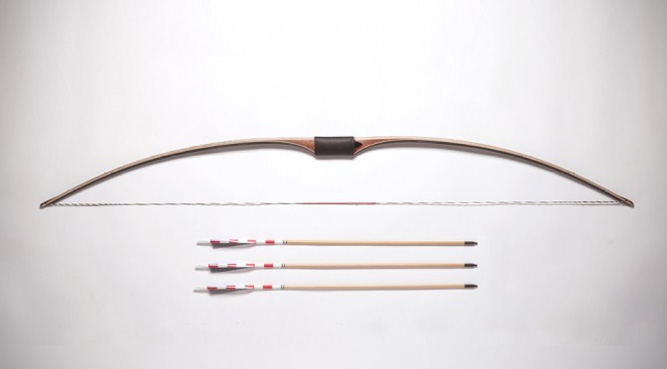
The American longbow is perfect for those who look for a bit shorter bow and draw lengths. They are relatively new and date back to the 1930s. They can be 68-70 inches in length.
Basically, the American longbow is an advanced combination of the English longbow and the American flatbow. They are especially good for hunting purposes and have a bit better stability than their English counterparts.
The Horse Longbow
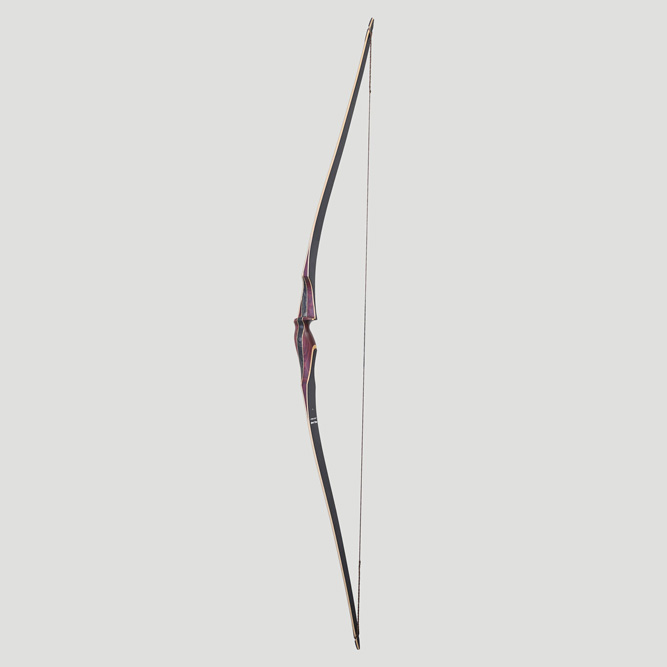
Also known as the “reflex/deflex” or “hybrid” longbow, the horse longbow was used by the nomadic hunters in Central Asia. They have the power of a recurve bow and the forgiveness of a longbow.
A horse longbow is the shortest among all the longbows mentioned here, measuring 65-68 inches in length. The flexibility and diversity the longbow has to offer amazes hunters and target archers across the globe.
Tips for Covering the Longest Distance
- Focus on proper stance and how to hold your posture
- Don’t prioritize the distance
- Keep your body at a 90-degree angle to the target
- Keep your knees straight and shoulder down
- Be very careful about your movement
- Pick the right longbow and arrow for you
- Be consistent with the draw length
- Hold the longbow at a 45-degree angle
- Aim your shot for at least 10 seconds
- Don’t change arrows frequently
FAQs
1. What is hand shock?
Ans: The hand shock is the natural shock/vibration that an archer feels after releasing the arrow. The leftover energy from the draw creates this vibration and it is painful. You can use a strong grip on the bow or switch to heavier arrows to minimize the hand shock.

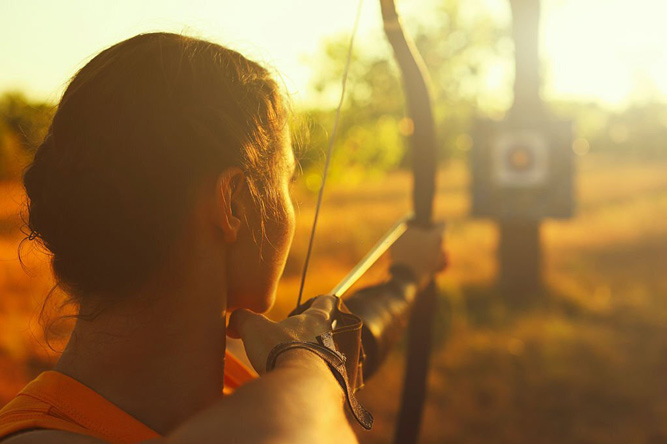







Leave a Comment